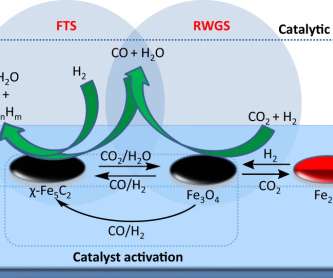Photocatalytic optical fibers convert water into hydrogen
Green Car Congress
APRIL 6, 2020
Researchers at the University of Southampton have transformed optical fibers into photocatalytic microreactors that convert water into hydrogen fuel using solar energy. Zepler Institute, University of Southampton. The scientists coat the fibers with titanium oxide, decorated with palladium nanoparticles.


















































Let's personalize your content